Day 6 – Queen Elizabeth National Park Safari at Sunrise
A sunrise safari in Queen Elizabeth National Park, where warthogs roam, buffalo bask, and the world feels beautifully still
Table of Contents
The alarm went off at 5am. No complaints. Today was our Queen Elizabeth safari drive, and I was determined to tick one more thing off my “50 before 50” list: watch the sun rise in Africa.
Wrapped in layers against the cool morning air, we set off just as a soft orange glow began to stretch across the sky. The sunrise was not as dramatic as I’d imagined. Instead, it was subtle, calm—just like Uganda. There’s no drawn-out spectacle here. The sun simply arrives, and then it’s day. Equally, night falls like a curtain. One moment, light. The next, darkness.
We entered Queen Elizabeth National Park, hoping to pick up a safari ranger (they’re not only informative, but armed—which is reassuring in the wild). But the ranger ended up joining another vehicle, so it was just us, our eyes peeled.
Meeting the Morning Herds
The savannah was bathed in that golden, early light. It felt like the animals were just waking up alongside us.
We saw herds of waterbuck and buffalo, many still lying down, eyes half-closed, while the outer members kept watch. I could have watched them all day—their calm presence, their slow rhythm, their unbothered awareness.
Warthogs trotted by, tails straight up like antennae, always in pairs. Just like in The Lion King. It made me smile.
Birdlife was everywhere. Uganda is a birder’s paradise, and although I’m no expert, I began to appreciate the colours, the calls, the graceful movement of wings from tree to sky.
Elephants, surprisingly, were mostly solitary—peacefully grazing or slowly crossing in the distance. I’d always imagined them in herds, but here they felt like quiet sentinels, each following its own path.
The Small Giants of the Savannah
The termite mounds amazed me. Towering clay cathedrals rising from the grass, some metres high. When abandoned, they become gardens—new plants sprouting from seeds dropped by birds and other creatures. Nature recycles everything here.
We didn’t see any lions or leopards, but that didn’t matter. The beauty of the landscape, the stillness of the moment, the simple fact that we were here—it was enough.
Straddling the Centre of the World
We made a stop at one of Uganda’s most iconic photo spots: the Equator monument. Standing on the painted line with one foot in the Northern Hemisphere and the other in the Southern felt symbolic – quite literally at the centre of the Earth. There’s even a demonstration nearby showing how water drains clockwise or anticlockwise depending on which side of the line you’re on (whether that’s physics or fun, I’ll let you decide!).
It was a fun photo op, yes – but also a chance to reflect on how far we’d travelled already, and how these invisible lines shape the way we see the world.
Lunch Fit for a Safari Queen
By midday, the heat had settled over the plains, and we left the park in search of shade and sustenance. Just a short drive away, perched on a peninsula between Lake Edward and the Kazinga Channel, we arrived at Mweya Safari Lodge—a place steeped in elegance and history. This wasn’t just any lunch stop. It was once the chosen retreat of Queen Elizabeth II herself, who stayed here during her royal visit in the 1950s. Since then, Mweya has remained one of Uganda’s most iconic luxury lodges.
The general manager, originally from Zimbabwe, welcomed us with warmth and unmistakable pride. Every detail—from the polished wood interiors to the graceful service—reflected a deep respect for hospitality. Lunch was fresh and flavourful, but it was the view from the terrace that truly stole the show. From our table, we watched elephants, hippos, and buffalo winding their way down to the Kazinga Channel’s edge to drink. The water shimmered in the midday sun, the Rwenzori Mountains standing quietly in the distance. It was peaceful, majestic, and just a little surreal—sitting where royalty once sat, with the wild world carrying on below.
A Water Safari to Remember
After lunch, we boarded the hotel’s boat for a Kazinga Channel cruise, where Lake Edward and Lake George meet. If the game drive was serene, this was pure magic.
The 2pm boat is the one to catch. It’s when the elephants come down to drink, their massive trunks slurping up litres at a time (they drink up to 240 litres a day!). They move in slow motion, their wrinkled skin shimmering wet as they spray themselves with water and mud. Can you tell I loved the elephants?
Hippos wallowed nearby, just nostrils and ears breaking the surface, snorting softly. Crocodiles slipped off the banks. African kingfishers darted past. It was a sensory overload—but in the gentlest, most wonderful way.
🌍 Travel Tip of the Day: Boat + Jeep = Full Safari Experience
- Book both a morning game drive and an afternoon boat safari – they offer totally different perspectives.
- Sit on the left side of the boat for the best animal views.
- Don’t forget sunscreen – it’s easy to forget in the breeze!
💛 Personal Reflection:
There’s something about safaris that resets you. It’s not just about spotting animals. It’s about remembering how much of the world moves at a slower, more natural pace. A pace we forget.
Out here, no one’s rushing. Everything has a rhythm. The birds, the elephants, even the sun.
And if you’re lucky enough to match that rhythm, even for a moment, it stays with you.
Tomorrow: ancient kingdoms, sacred caves, and an underground waterfall you won’t believe.

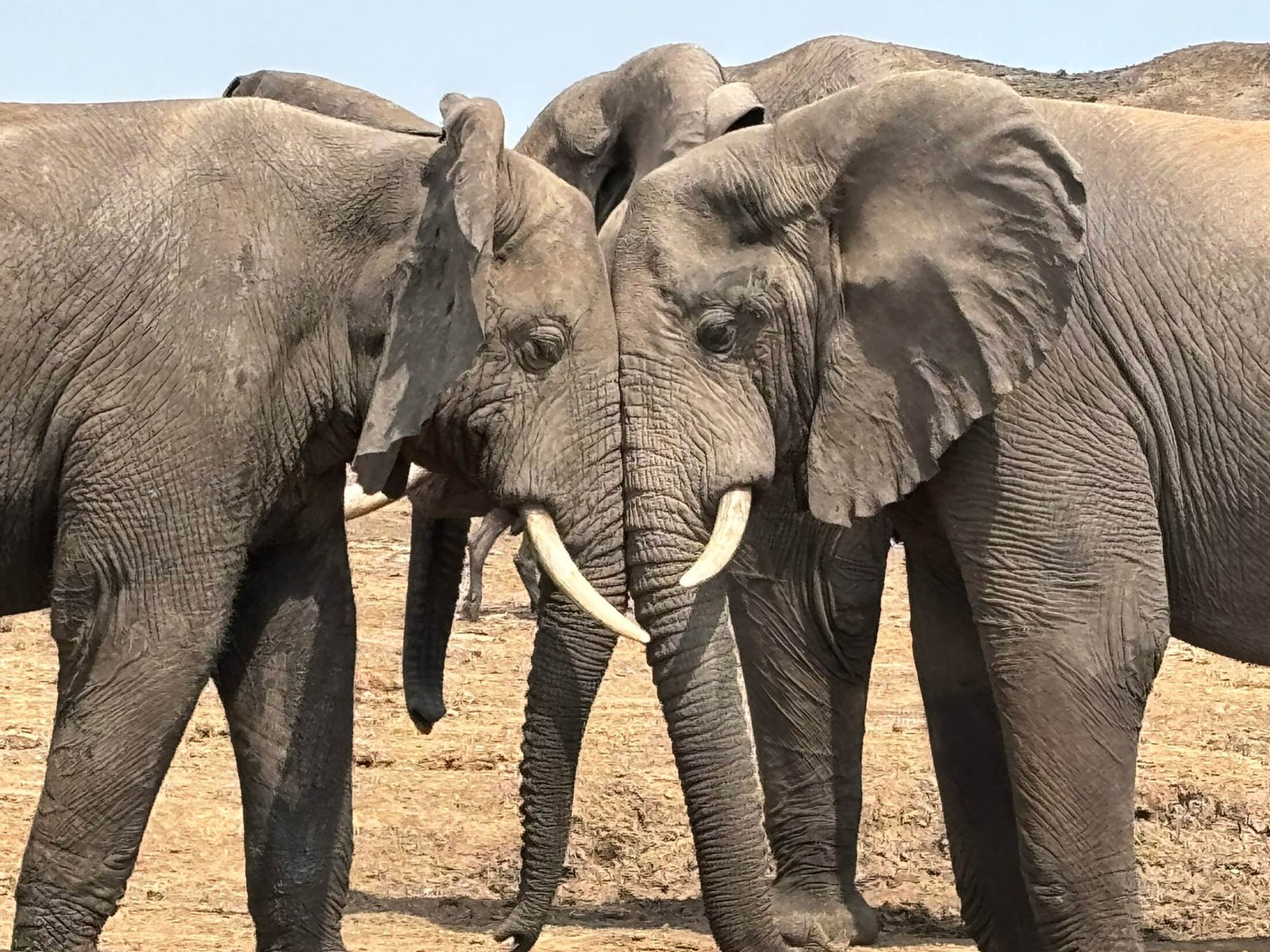
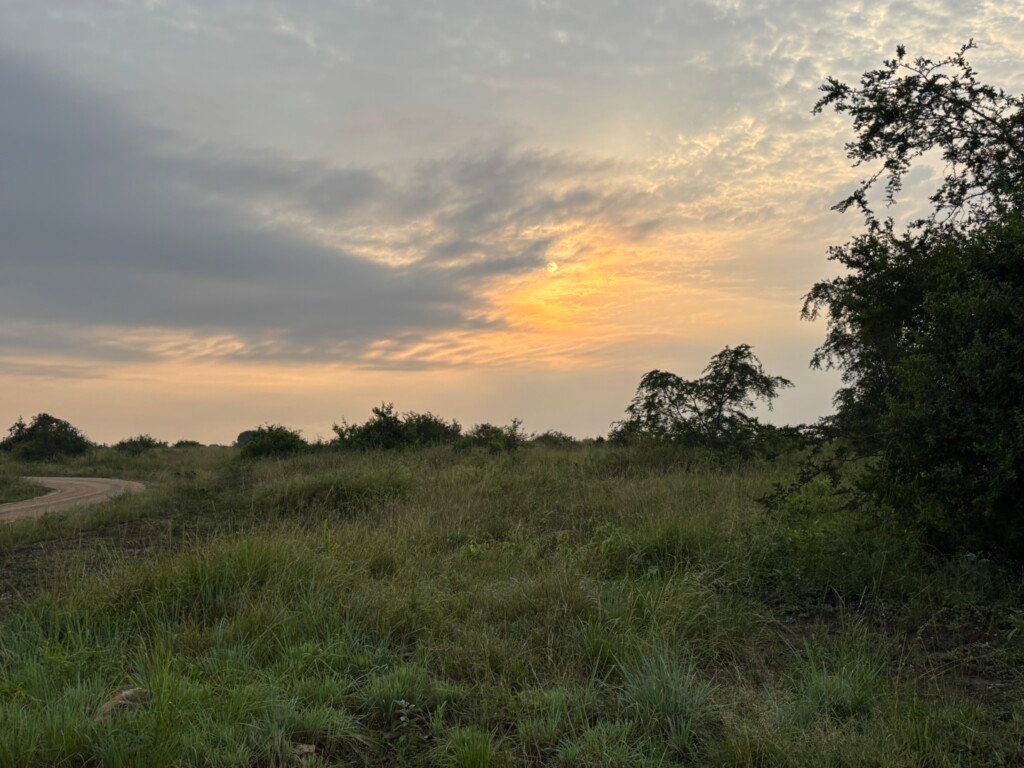
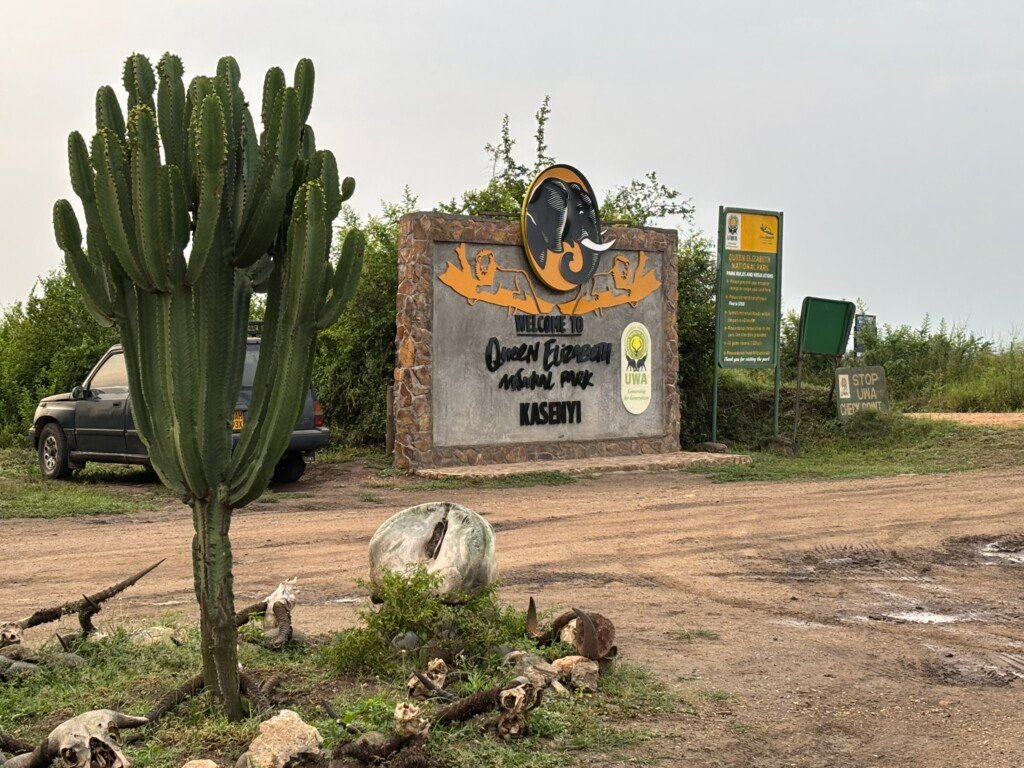
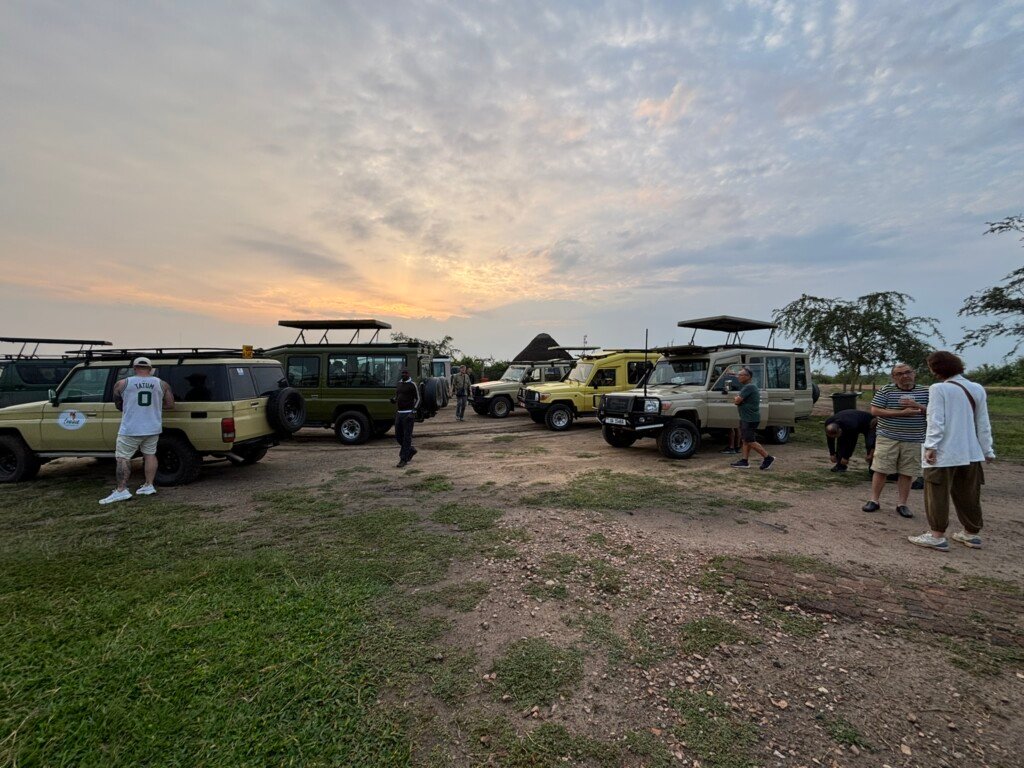
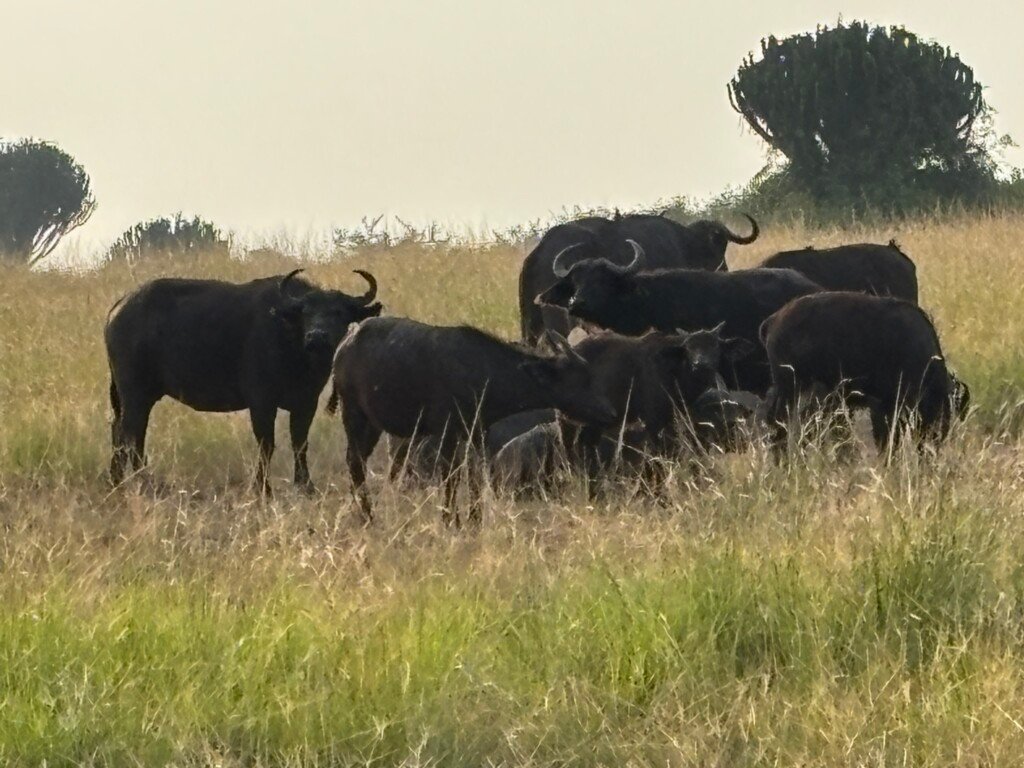
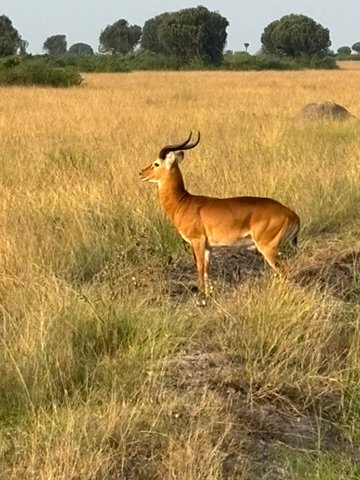
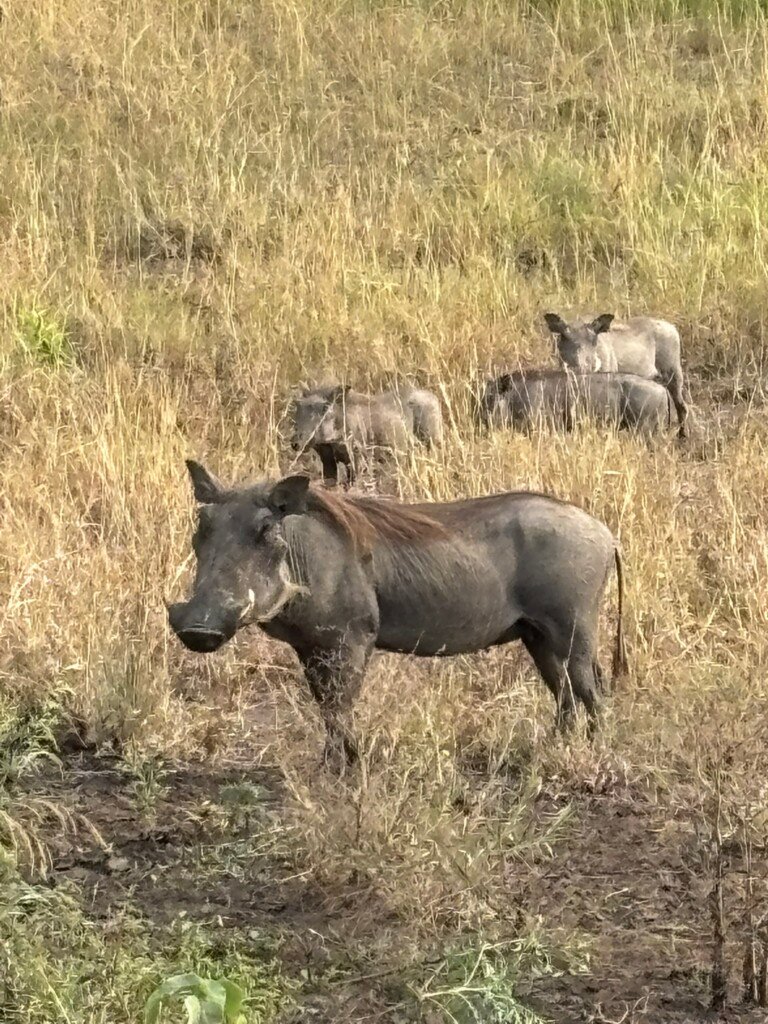
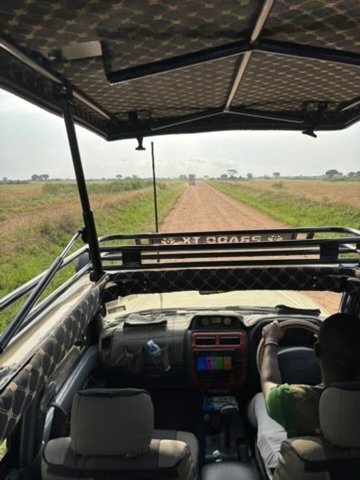
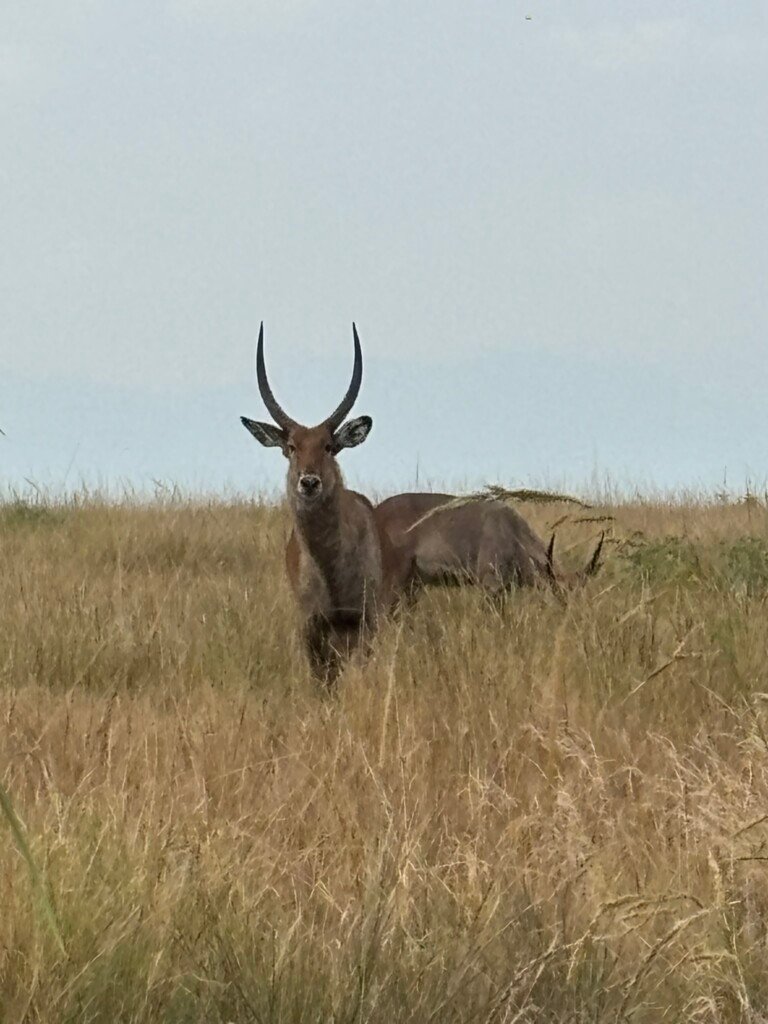
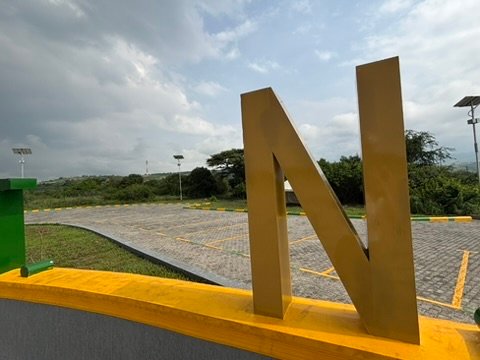
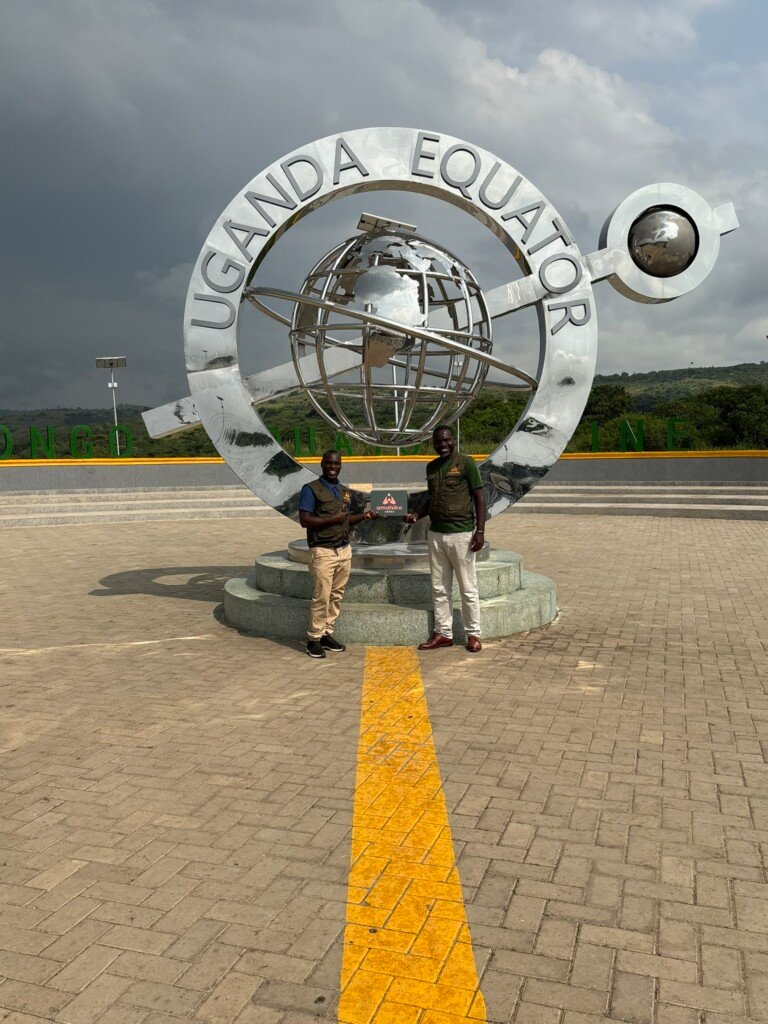
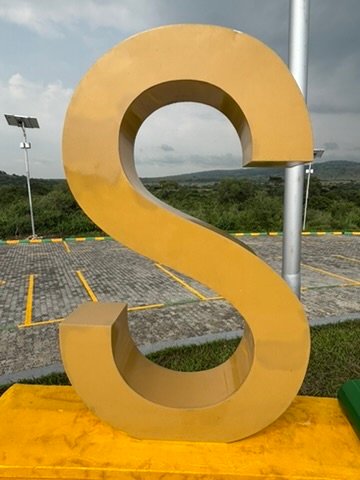

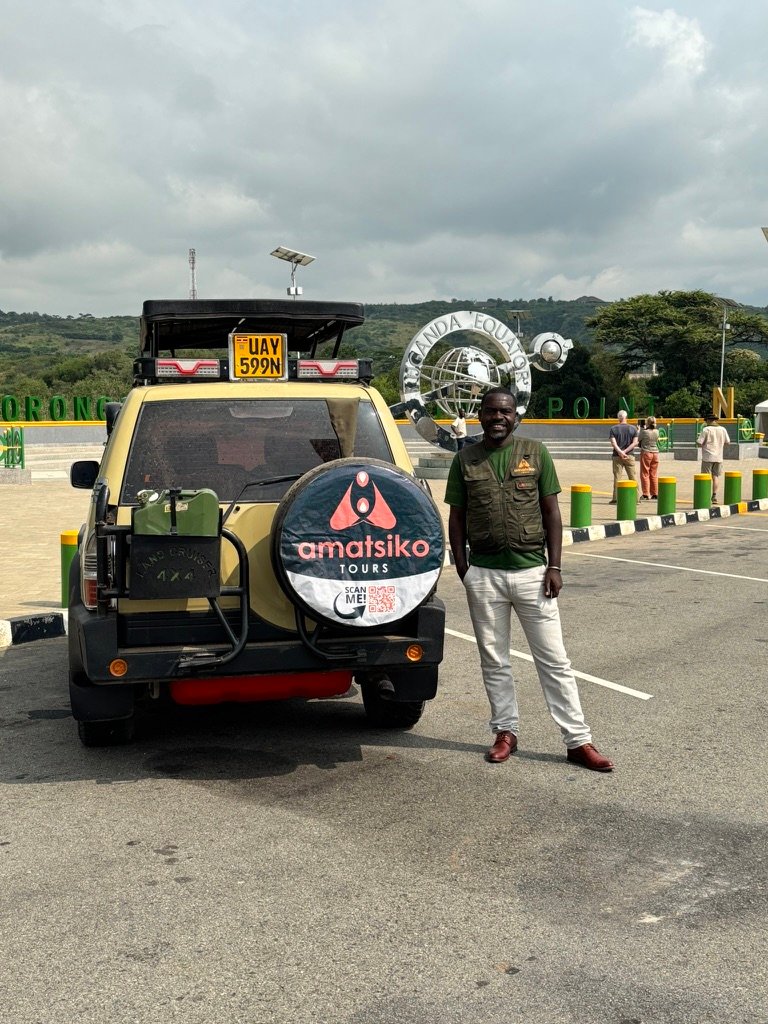
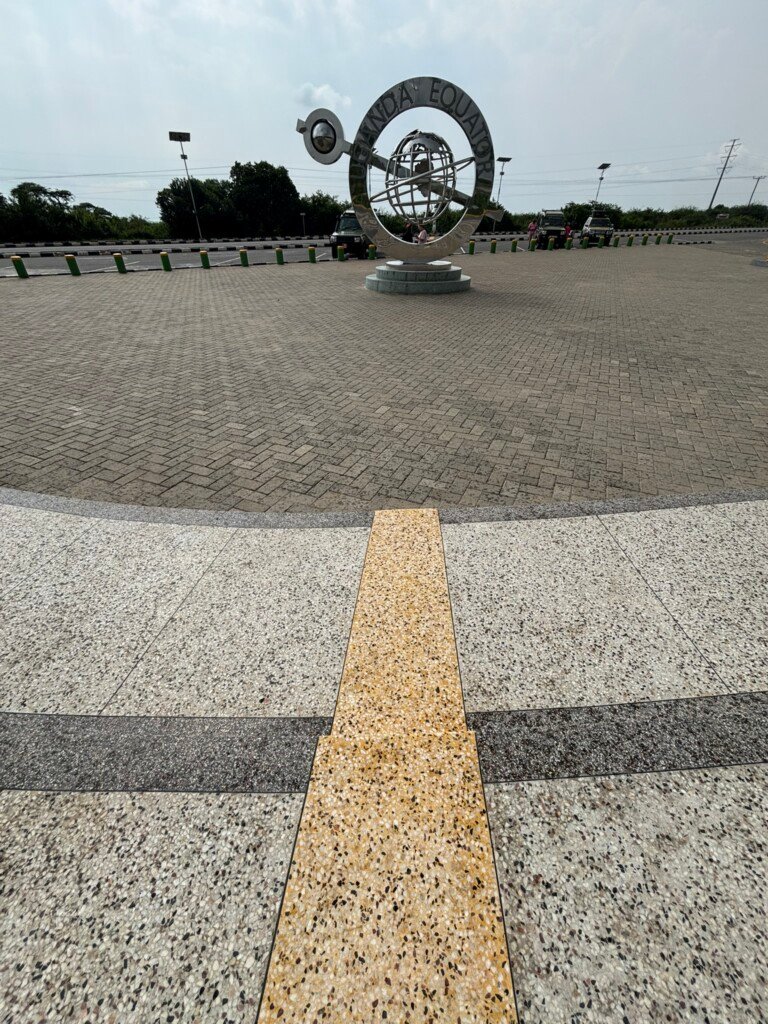
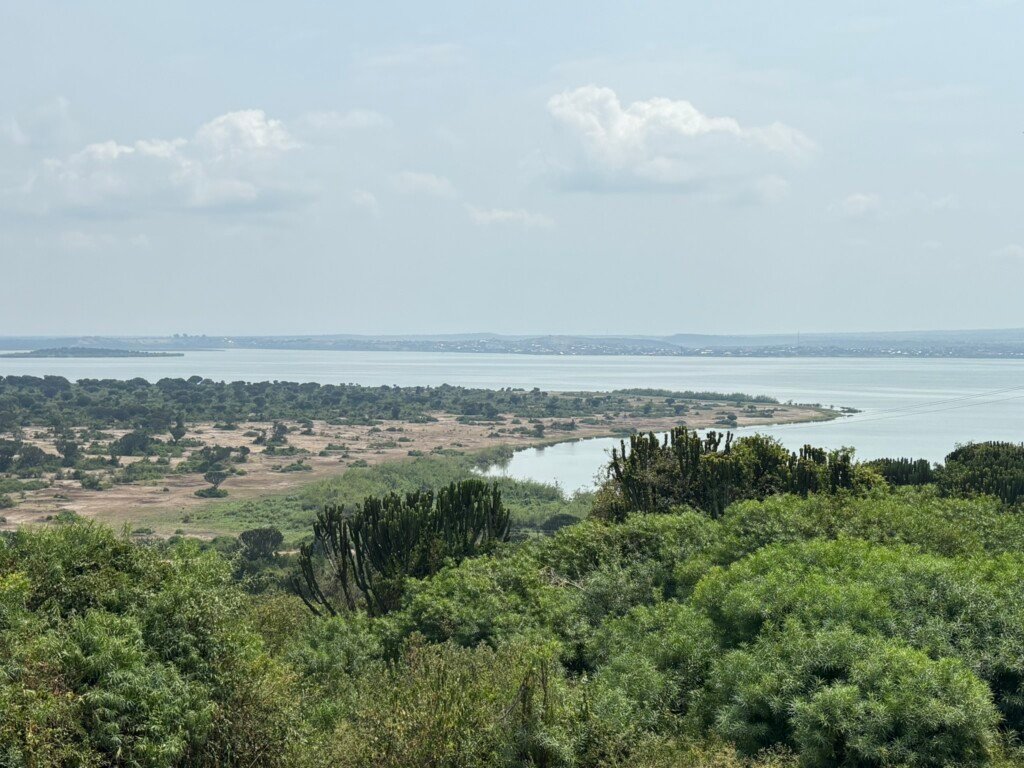
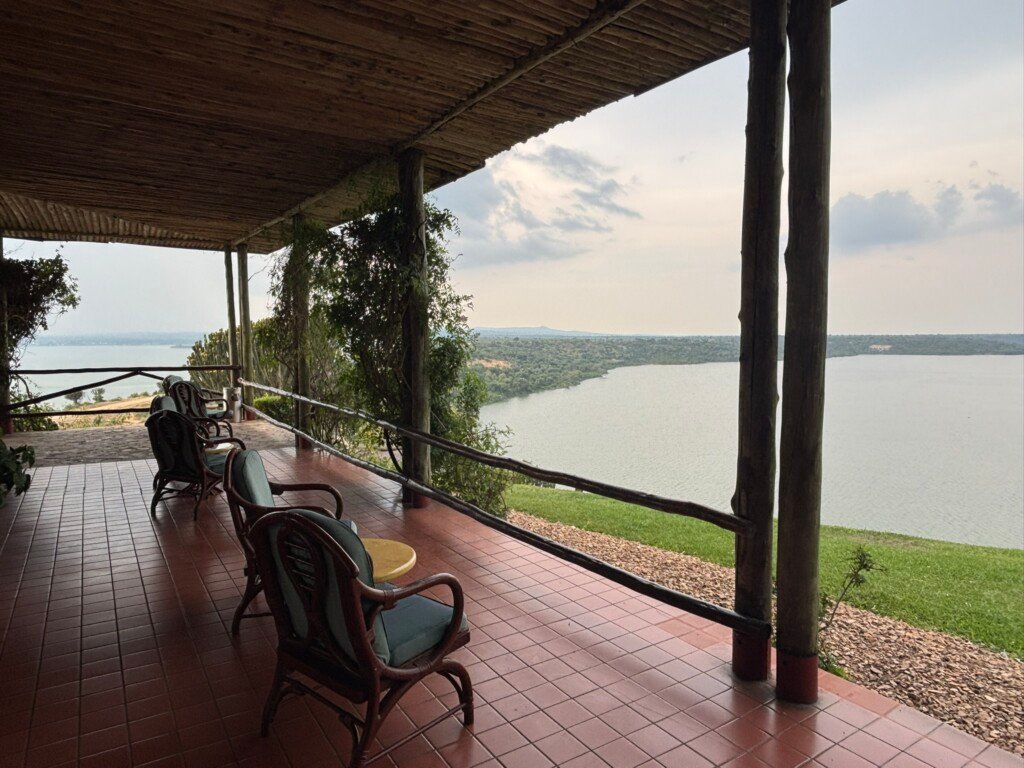
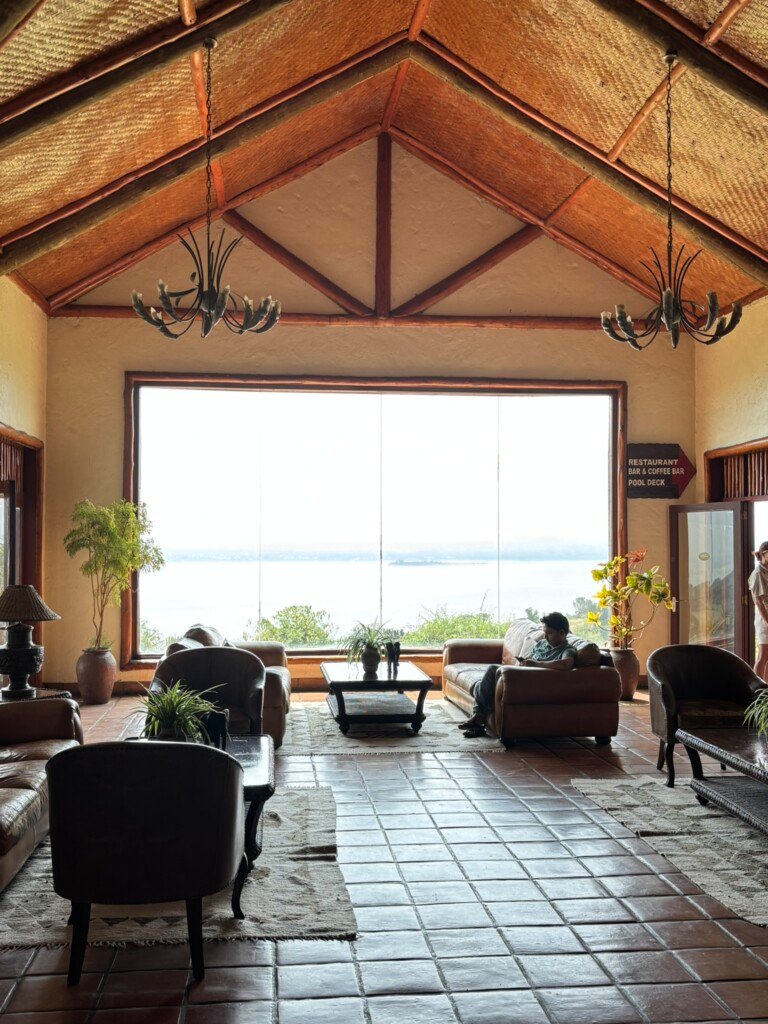
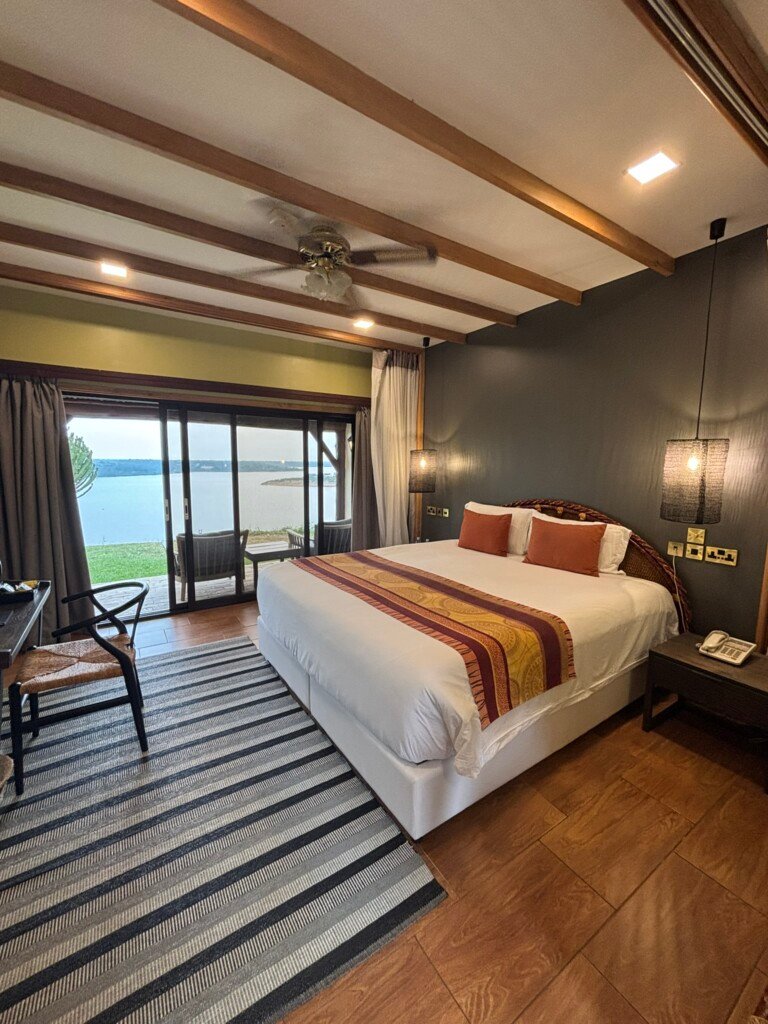
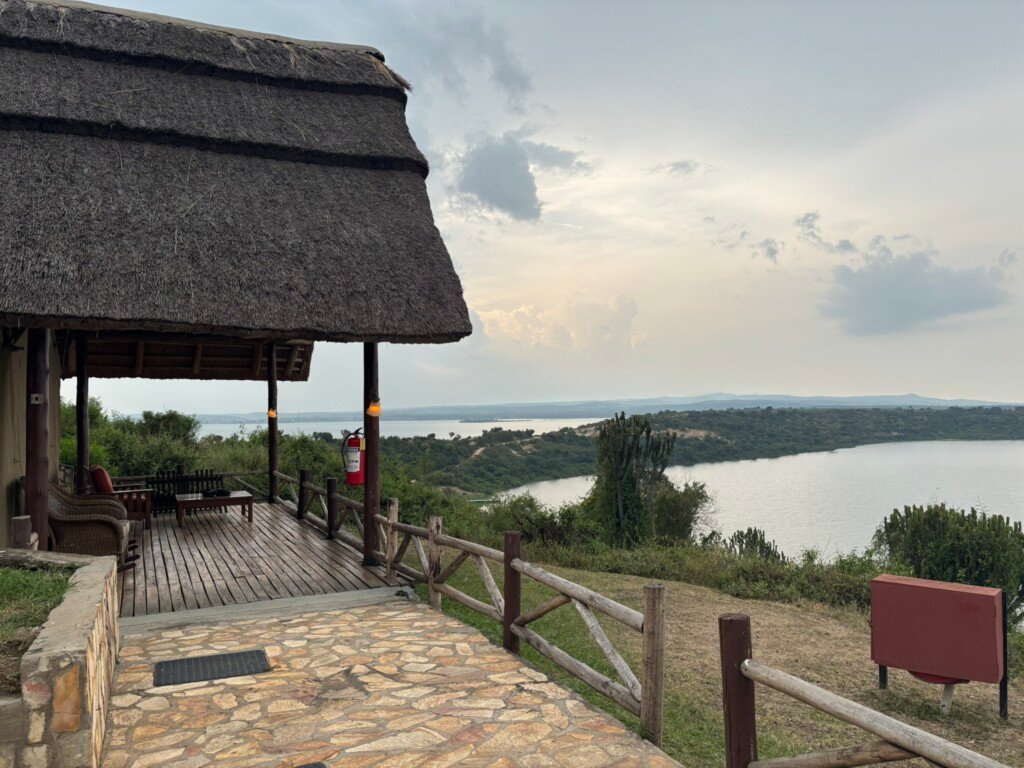

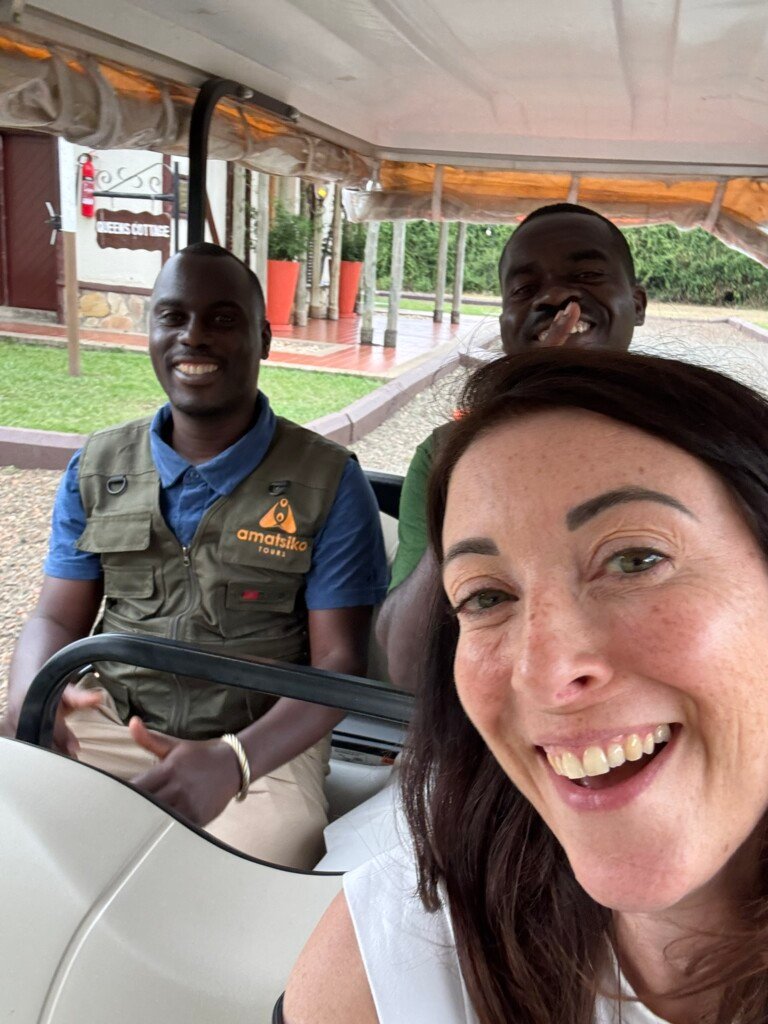


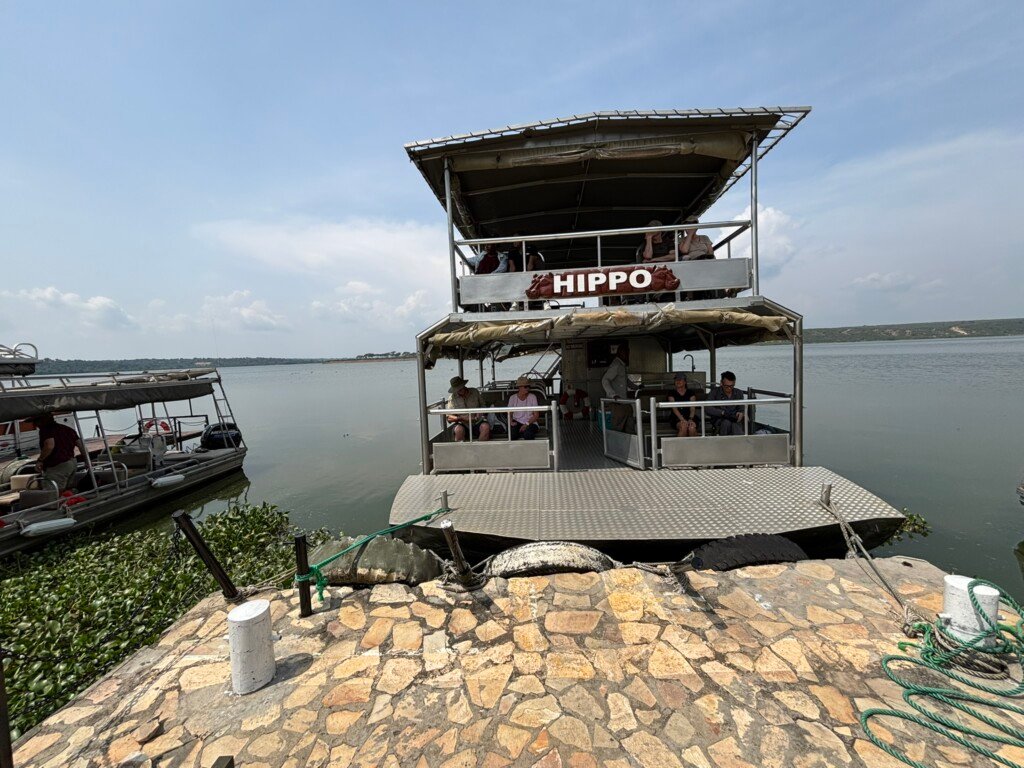

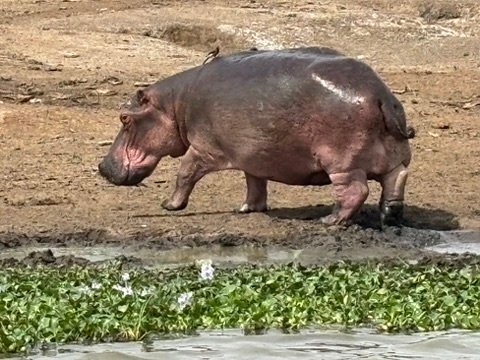
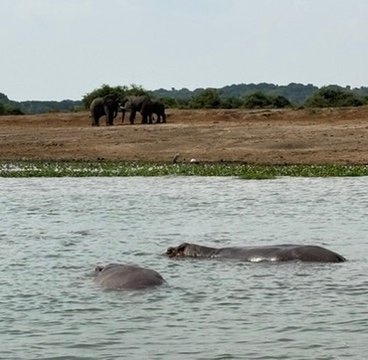
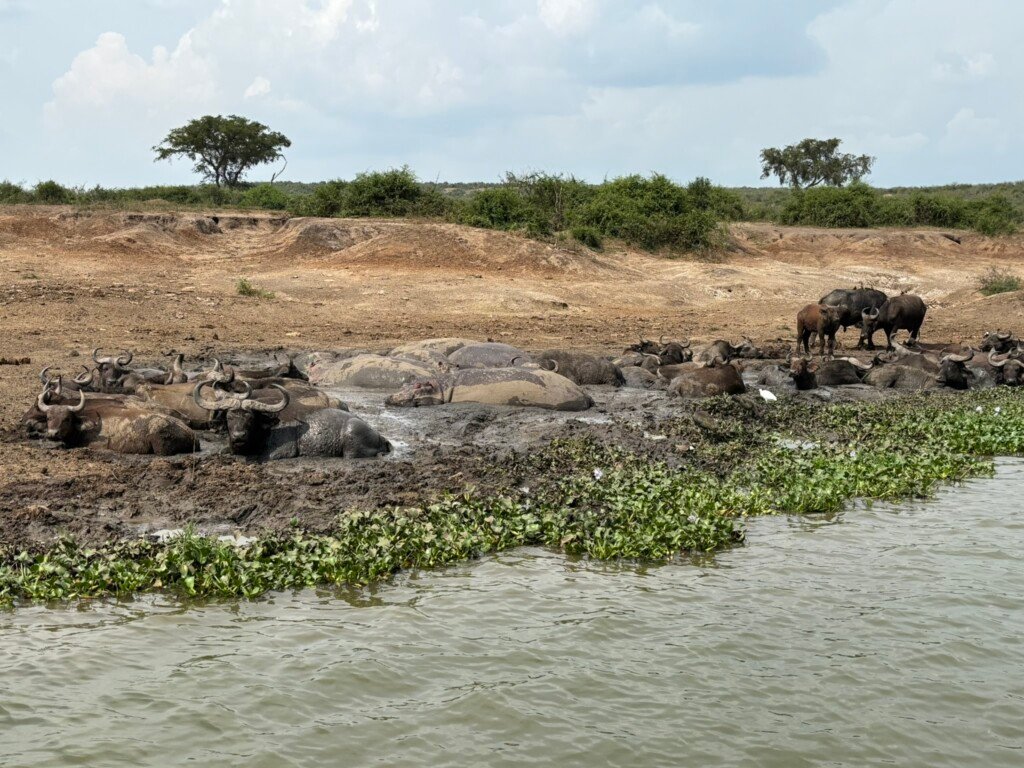
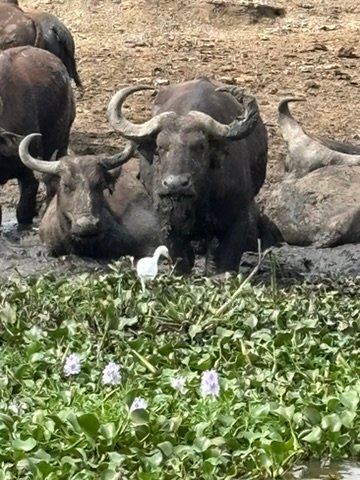
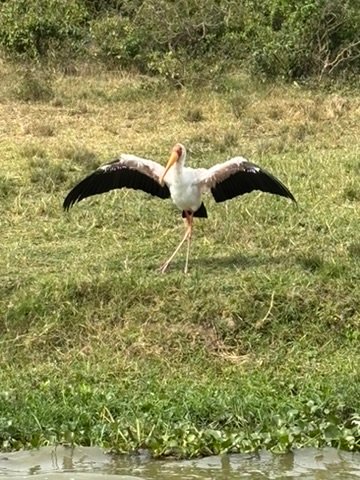
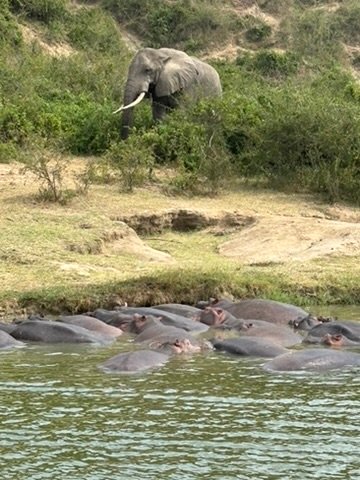
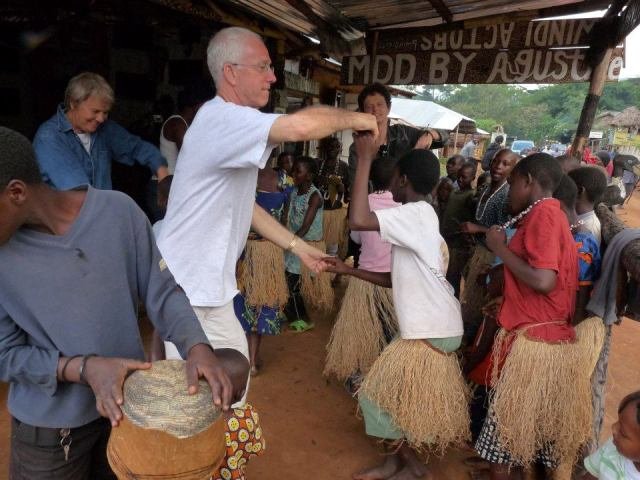


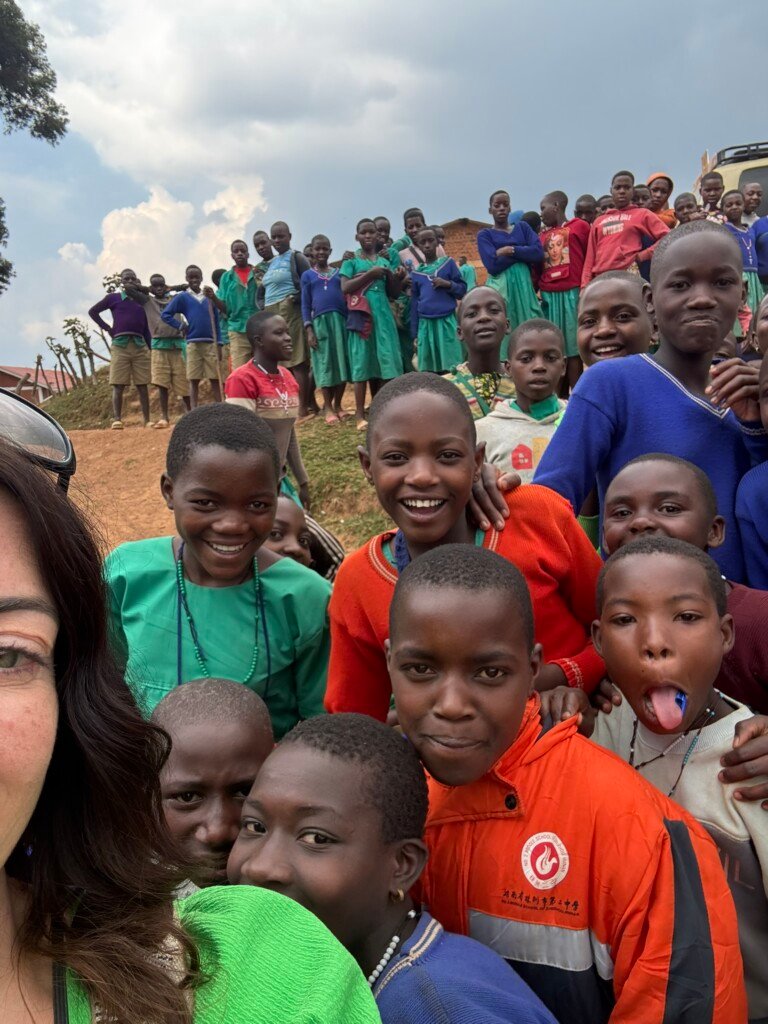



3 Comments